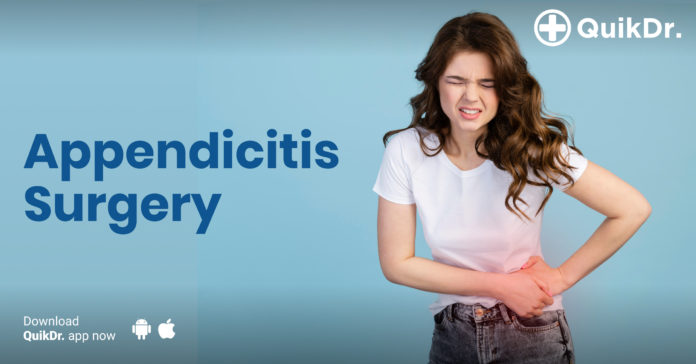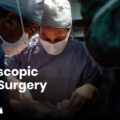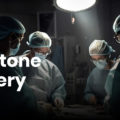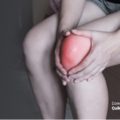An appendectomy is a surgical procedure performed to eliminate an infected appendix, a condition known as appendicitis. This surgical intervention is frequently required as an emergency measure.
Appendicitis is characterized by the painful inflammation of the appendix, a slender pouch measuring approximately 5 to 10cm (2 to 4 inches) in length. This pouch is attached to the large intestine, the area where feces are formed.
After appendix surgery
Following the surgical procedure, you will be transferred to the recovery room where your healthcare team will closely monitor vital signs such as heart rate and breathing. The duration and specifics of your recovery depend on the surgery type and anesthesia used. Once your blood pressure, pulse, and breathing stabilize, and you regain consciousness, you will be transferred to your hospital room.
If you undergo a laparoscopic appendectomy as an outpatient, you might be discharged directly from the recovery room. Pain medication will be administered as needed, either through a prescription, nurse-administered, or self-administered via a device connected to your IV line.
A slender plastic tube may be inserted through your nose into your stomach to eliminate swallowed stomach fluids and air. The tube will be removed once your bowel function returns to normal, and you won’t be able to eat or drink until then.
For laparoscopic surgery, you may be encouraged to get out of bed a few hours post-surgery, or by the following day for an open surgery. Drinking liquids may be permitted a few hours after the procedure, with a gradual reintroduction of solid foods.
A follow-up visit with your healthcare provider, typically scheduled 2 to 3 weeks post-surgery, will be arranged.

Factors Affecting Appendectomy (Appendix Removal Surgery) Cost in Kochi
- Hospital selection.
- The grade of the condition’s severity.
- Fees associated with hospitalization (including admission, discharge, room charges, OT, ICU, etc.).
- Costs related to diagnostic tests and assessments.
- Fees for medical practitioners and anesthetists.
- The chosen method for removing the appendix.
Types of Appendicitis
There are two primary forms of appendicitis: acute and chronic
*Acute appendicitis manifests suddenly with intense symptoms that can escalate quickly, necessitating immediate attention from a healthcare professional.
*Chronic appendicitis involves persistent inflammation of the appendix over an extended duration, leading to intermittent symptoms. This variant of appendicitis is uncommon, comprising only 1-5% of all cases.
Symptoms of appendicitis
Appendicitis usually begins with intermittent pain in the center of your abdomen. After some time, this pain shifts to the lower right-hand side, where the appendix is typically located, and intensifies, becoming constant and severe. Activities such as pressing on this region, coughing, or walking may exacerbate the pain. Symptoms may also include a loss of appetite, nausea, and either constipation or diarrhea.
How appendicitis is treated
If you are diagnosed with appendicitis, the prompt removal of your appendix is likely necessary
This procedure, known as an appendicectomy or appendectomy, is one of the most frequently performed operations in the UK, boasting an excellent success rate. Typically, it is conducted using keyhole surgery (laparoscopy), involving the creation of several small abdominal incisions for the insertion of specialized surgical instruments.
In cases where the appendix has ruptured or accessibility is challenging, open surgery may be employed. This technique involves making a larger, single incision in the abdomen.
Following the removal of the appendix, a full recovery usually takes a couple of weeks. However, individuals who undergo open surgery may need to avoid strenuous activities for up to 6 weeks.
Causes of Appendicitis
The precise origin of appendicitis remains uncertain. In numerous instances, it is possible that an obstruction obstructs the entrance to the appendix. This obstruction could result from a small fecal matter blockage, or an upper respiratory tract infection might induce swelling of the lymph node within the bowel wall.
Should the obstruction trigger inflammation and swelling, it may elevate pressure within the appendix, potentially leading to its rupture. Since the causes of appendicitis are not thoroughly comprehended, there is no foolproof method for preventing it.
Recovery
One of the primary benefits of laparoscopic surgery is that the recovery period is typically brief, and most individuals can be discharged from the hospital a few days post-operation. If the procedure is conducted promptly, it is possible to return home within 24 hours. In contrast, with open or complex surgeries, such as those for peritonitis, the recovery period may extend up to a week before reaching a state where discharge is feasible.
During the initial days following the surgery, it is common to experience some pain and bruising, which gradually improves over time. Painkillers can be taken if necessary. In the case of laparoscopic surgery, individuals may experience shoulder tip pain for about a week, attributed to the gas introduced into the abdomen during the procedure. Temporary constipation might also occur after the surgery, and mitigating measures include avoiding codeine painkillers, consuming ample fiber, and maintaining proper fluid intake. If constipation persists, medication can be prescribed by a GP.
Before leaving the hospital, guidance will be provided on wound care and activities to avoid. Returning to regular activities is generally achievable within a couple of weeks, although more strenuous activities may need to be avoided for 4 to 6 weeks after open surgery. These details will be discussed with the surgeon during the consultation.

Diagnosis
A healthcare professional can identify a hydrocele in both children and adults. They will inquire about your symptoms and conduct a physical examination.
During the physical assessment, the healthcare provider may apply pressure to the groin area or request you to cough to observe changes in swelling. They might also use a light to illuminate your scrotum, making any abdominal fluid in the area more apparent. In most cases, a healthcare provider can diagnose hydroceles based on the physical examination alone.
To validate their diagnosis, the provider may recommend imaging tests, such as:
- Pelvic ultrasound: This procedure employs high-frequency sound waves to generate images of the soft tissues in your pelvis, including the testicles. It is the most common imaging test utilized for diagnosing hydroceles.
- Computed tomography (CT) scan: A CT scan, a type of X-ray, captures cross-sectional images of your body, creating 3D representations of the testicles. It offers a more detailed view than a standard X-ray.






